Javajacolla Stone Cherry
"Why do they call it a stone cherry? Are there rocks in it?" "No, it's called that because of the hard pits inside. If you bite into it too hard, it's like biting into a stone. It's not really a cherry either, it's just small and has a pit like a cherry does."The Javajacolla Stone Cherry tree or Javaja Tree for short, is a highly regarded and sought after tree due to its use in making one of the most popular drinks in the world. While many varieties of Javaja exist, they all require the valuable and highly caffeinated pits, sometimes referred to as beans. These pits, seeds, or beans are dried, roasted, ground, and steeped in hot water to make very flavorful and highly caffeinated drinks. The great demand for this drink makes this one of the most widely and valuable traded crops.
Variants
There are 3 main species of Stone Cherry with several subspecies. Coffea Javajacolla Dulcis is the most common species, with about 65% of the trade market. It is mostly found growing in Beringei and makes for a much sweeter drink than the others. Coffea Javajacolla Robustus is much less common, with about 25% of the trade market. It is mostly found growing in Graueri and has a much higher caffeine content than the others. Coffea Javajacolla Nullus is a relatively new discovery of a natural noncaffeinated species and accounts for about 10% of the trade market. It is mostly found growing in Diehli and is very easily combined with other flavors producing many unique and unusual drinks.Rarities
About 5% of the Javajacolla fruits produce 1 smaller, more concentrated and rounded pit instead of the normal, 2 flattened pits. These are referred to as Caracolillo and are much more flavorful, aromatic, acidic, and lighter in color. These are extremely sought after and sell for about 100 times the usual price. Drinks made from these are extremely expensive and almost exclusively bought up by royalty and those with immense wealth.Basic Information
Anatomy
This short tree consists of one main trunk with smooth bark and highly branched, reddish-brown limbs. Cultivars are often trimmed and pruned into the more common pyramid shaped tree, in order to facilitate the harvesting of the fruits. Bright green leaves turning darker at the end of the season, are layered upon one another as they collect the necessary sunlight for their growth and development. Clusters of highly scented, light pink, star-shaped flowers emerge in the spring at the bottom of the leaf stems and large bunches of green fruits develop there. As the season progresses these fruits turn from bright green to a deep reddish-purple. Inside of the fruit are two dark colored, flattened pits or seeds, often referred to as beans.
Genetics and Reproduction
Although insects may inadvertently pollinate the flowers of this tree, they are considered self pollinators that rely on the wind for pollination. While they can often pollinate themselves, it is believed that cross pollination from other Javajacolla trees have an added benefit to the quality of the fruit and its pit.
Light pink flowers open early in the spring awaiting pollination and then begin to develop the fruits for 9 months afterwards. After this lengthy time, the fruits change color from bright green to bright red to deep purple as they are ripening. Once ripe they need to be harvested before any birds or mammals can eat them.
Growth Rate & Stages
Under normal conditions this is a fast growing plant that will reach maturity in a few short years and start producing fruit within 3 to 5 years. If optimal conditions last it will continue to produce for 50 or more years and can live upwards of 100 years. Yearly growth in height is variable and is dependent on many factors including available water, sunlight, temperature, and soil composition.
Ecology and Habitats
The Javajacolla requires specialized conditions in order for it to survive and grow. High intensity sunlight, fertile soil, frequent rainstorms, hot dry days and warm nights are required for maximum growth. These plants generally favor the sunny sides of gently sloping hills in tropical mountainous regions and do not tolerate freezing temperatures very well.
Cultivated trees that are transplanted or grown along the tropical coasts produce slow growing, stunted trees due to the imperfect growing conditions found there. The farmers find this very advantageous and have recently been constructing large coastal Javajacolla farms for mass production. The harvesting of the highly sought after Javajacolla pits, which are used to produce the famous Javaja drink, has become an economic boon to the local villages and governments of the areas.
Dietary Needs and Habits
These trees requires long days and long seasons of bright sunlight, warm temperatures and moist fertile soil. The overlapping leaves maximize the available space and quickly process the suns light. The short but branching root system easily absorbs the nutrients from the soil as long as it is moist. Dry soil conditions can greatly reduce the trees ability to gather nutrients and grow.
Biological Cycle
Due to its tropical location, this plant enjoys a very stable environment with a long growing season and short dry nongrowing season. During the spring the leaves and flowers are produced and pollinated. Then throughout the rest of the spring, summer, and fall the tree grows and the fruit ripens. Just as the dry winter (nongrowing season) approaches the fruit is dispersed and the leaves fall off. The tree then enters a short dormant period before emerging to thrive a few weeks later.
Additional Information
Domestication
While transplantation and the growing of this tree has been very difficult outside of its natural range, recent success has been achieved by many botanists and amateur growers. According to many, the key factors for success have been in replicating the soil types, sunlight hours, temperatures, and water frequency.
Uses, Products & Exploitation
The local peoples of the area have used this tree for centuries for a variety of uses. The most significant uses are as flavorful drinks made from the pits (beans), husks, fruits, or leaves.
The most popular use is to take out the cherry pits (beans), dry and roast them, and then brew a hot, bitter, highly caffeinated beverage called Javaja. The high popularity of the drink has caused a world wide market for the drink, the pits, and the trees.
Stone Cherry Tea is also quite popular, being a dark red, sweet, caffeinated tea made from the dried husks and fruits from the tree. It is often mixed with cinnamon and berries.
Stone Leaf Tea is a common drink made from the dried and ground leaves of the tree. It is an herbal, caffeinated tea most often used by the local peoples as they have plenty of leaves during the short winters and have usually sold the profitable pits to others.
Geographic Origin and Distribution
The Javajacolla has only been found in a few highland tropical jungles so far. Each location has a similar but slightly different species of the Stone Cherry. Notable locations include the jungles of Beringei, Graueri, and Diehli. All have exports of some kind and expeditions continue to search for new sources in the dangerous jungles of Mokele and Mbembe.
Average Intelligence
Plant
Symbiotic and Parasitic organisms
Despite the naturally toxic chemical that is produced in the leaves, fruits, and pits, the trees still have a few nuisances that use it for food. The most common parasites are the leaf eating larvae of several butterflies and moths such as the Chaos Moth, the Bedlam Butterfly, the Madness Moth, and the Dancing Copper Butterfly. Although they are not killed by the toxic chemicals, it is often thought that their erratic behaviors might be related to how much of the toxin they ingested. Others like the Gorgojo Borer Beetle, the Broca Borer, and the Woodminer avoid the toxin by burrowing into the tree itself and feeding on the internal, soft wood found there.
Scientific Name
Coffea Javajacolla
Lifespan
Recent studies indicate that these trees can live for 100 years on average in their natural environment and possibly longer under ideal conditions.
Conservation Status
These trees have always been well revered and very important to the native peoples of the area. As such they have taken great care of them and actively protect them against outsiders. They are now an important cash crop for the surrounding communities and any harm done to the trees is swiftly punished.
Average Height
In the wild these trees can reach heights of 30 feet or more, but those that are now cultivated are usually only allowed to grow to about 10 feet tall.
Average Length
The typical spread of the branches is about 2/3 that of the trees height.
Average Physique
Irregardless of the height the Javajacolla produces many branching branches that gives it a very shrubby or bushy appearance. This is most often seen in those that are cultivated, whereas the wild grown trees resemble the classic tree look.
Body Tint, Colouring and Marking
The bark of this tree is reddish-brown color that darkens just before the branching points. The leaves are large, pointed oval shapes that begin as a light green color in the spring and darken as the seasons progress. Just after the leaves are grown, the light pink, star shaped flowers appear and last for a few short weeks or until pollination occurs.
Fruitless Scents
“While the scented flowers do not seem to attract any pollinators today, it is believed that it may have done so once in the past. Perhaps the loss of this extinct pollinator has contributed to the small range and dwindling locations of this important plant.”
Defense
Studies have shown that many parts of the Javajacolla Stone Cherry are exceptionally high in caffeine. Research suggests that this toxic chemical is used by the tree to prevent animals, in particular insects, from eating the leaves, flowers, fruits, and pits of the plant. Despite its toxicity towards small creatures, it produces an addictive high in humanoids.

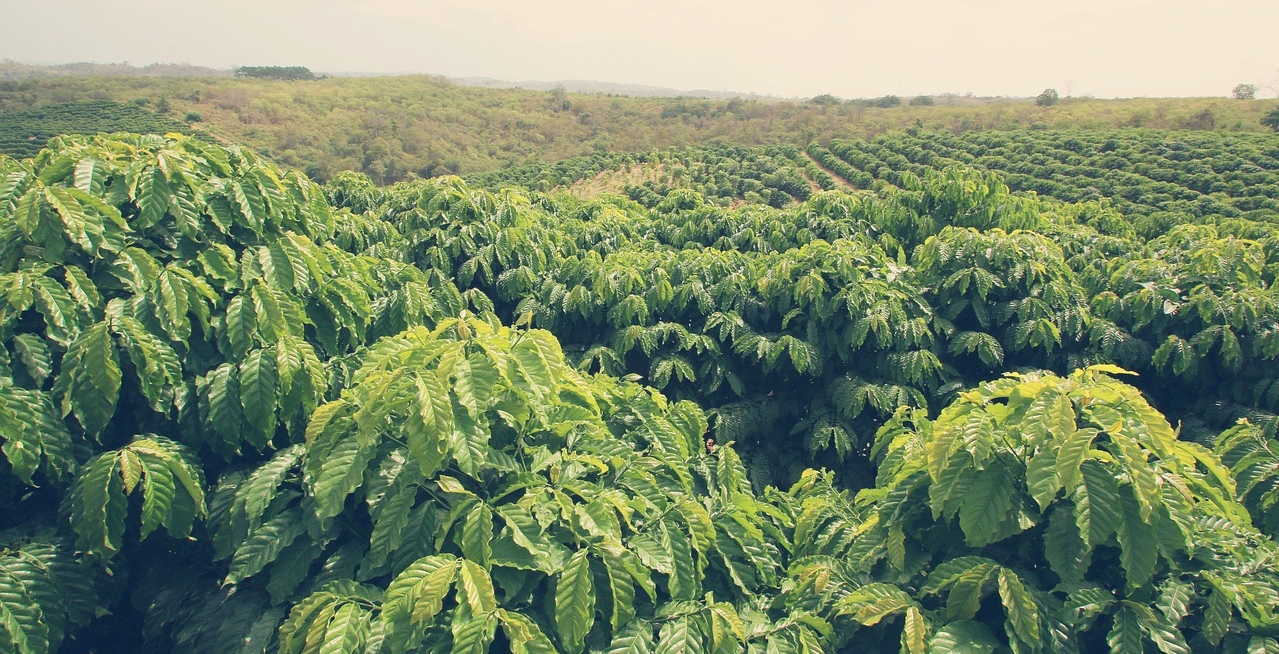
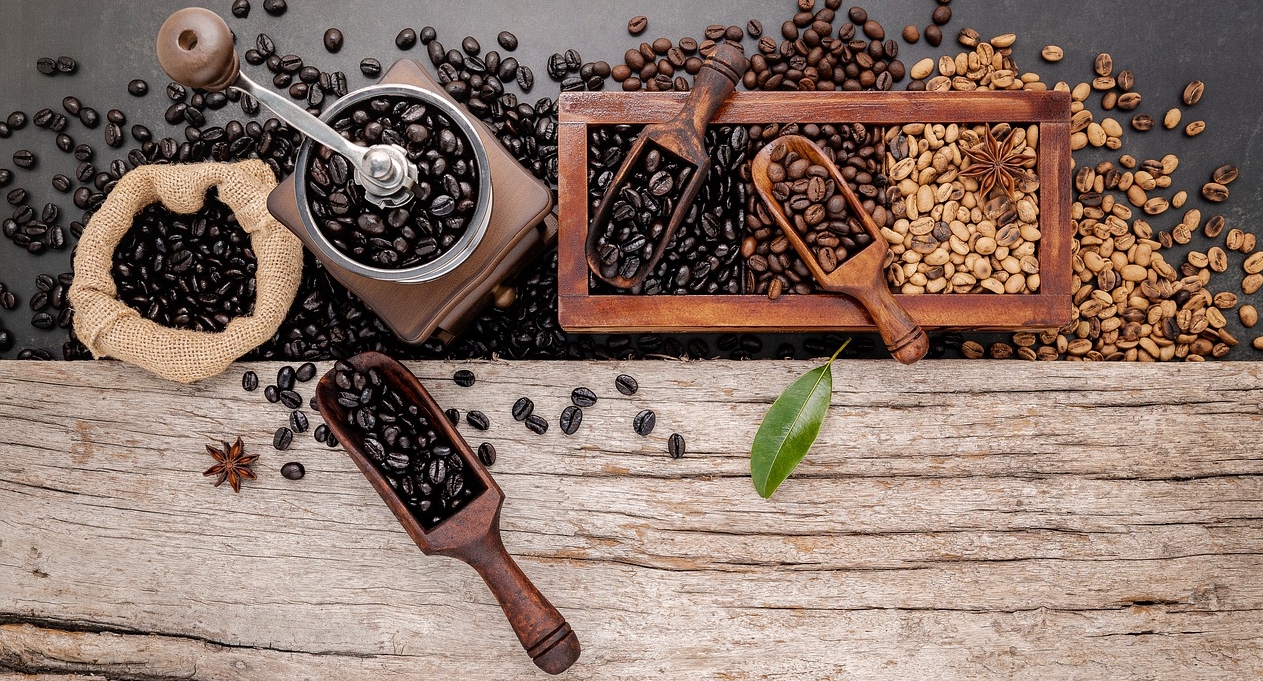
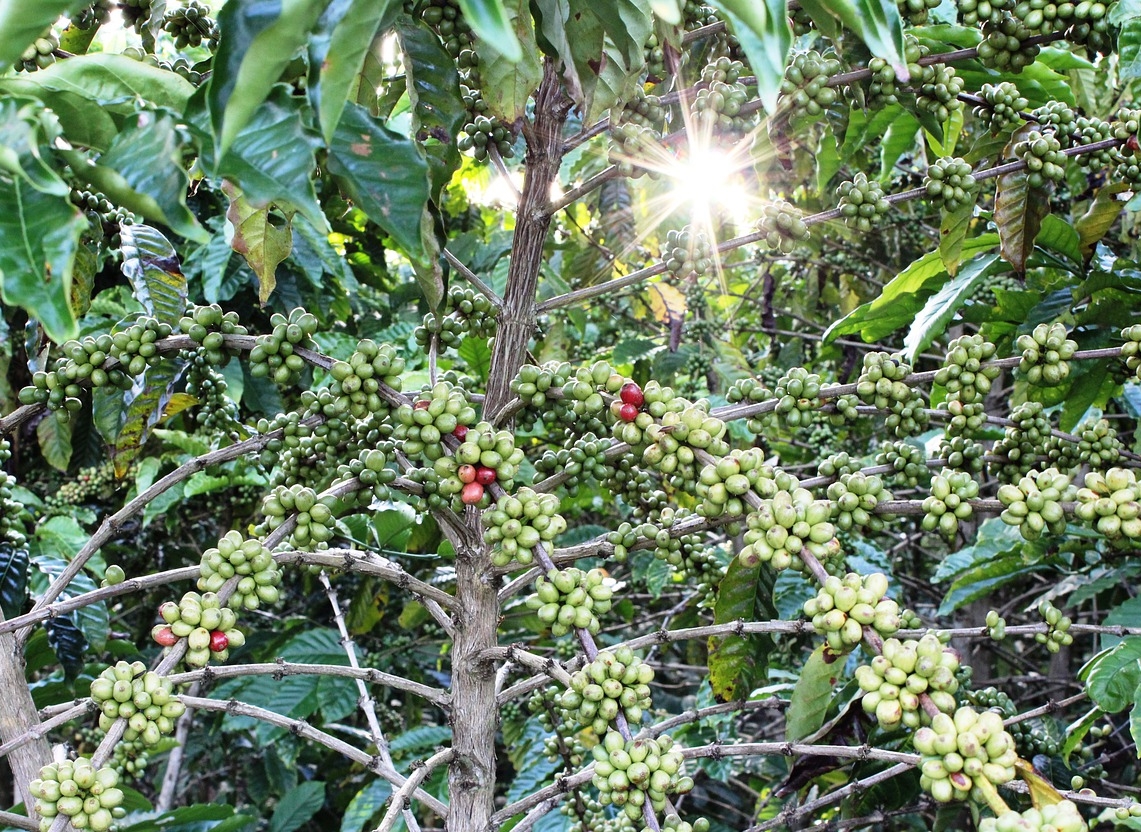
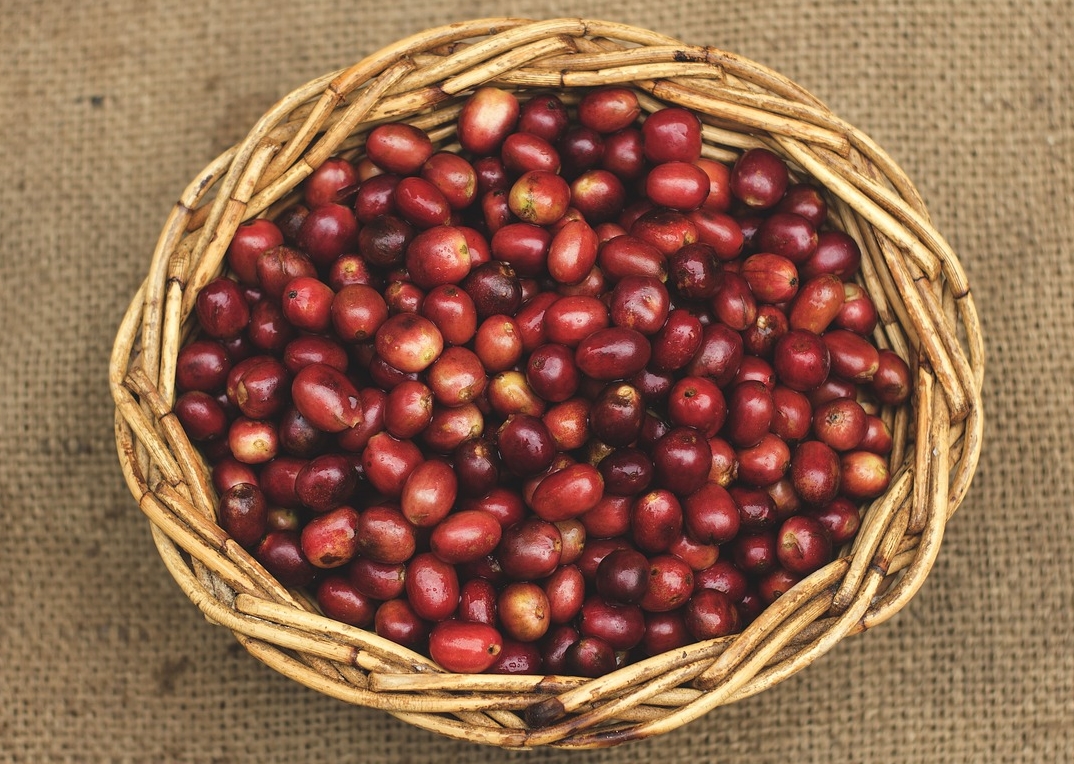
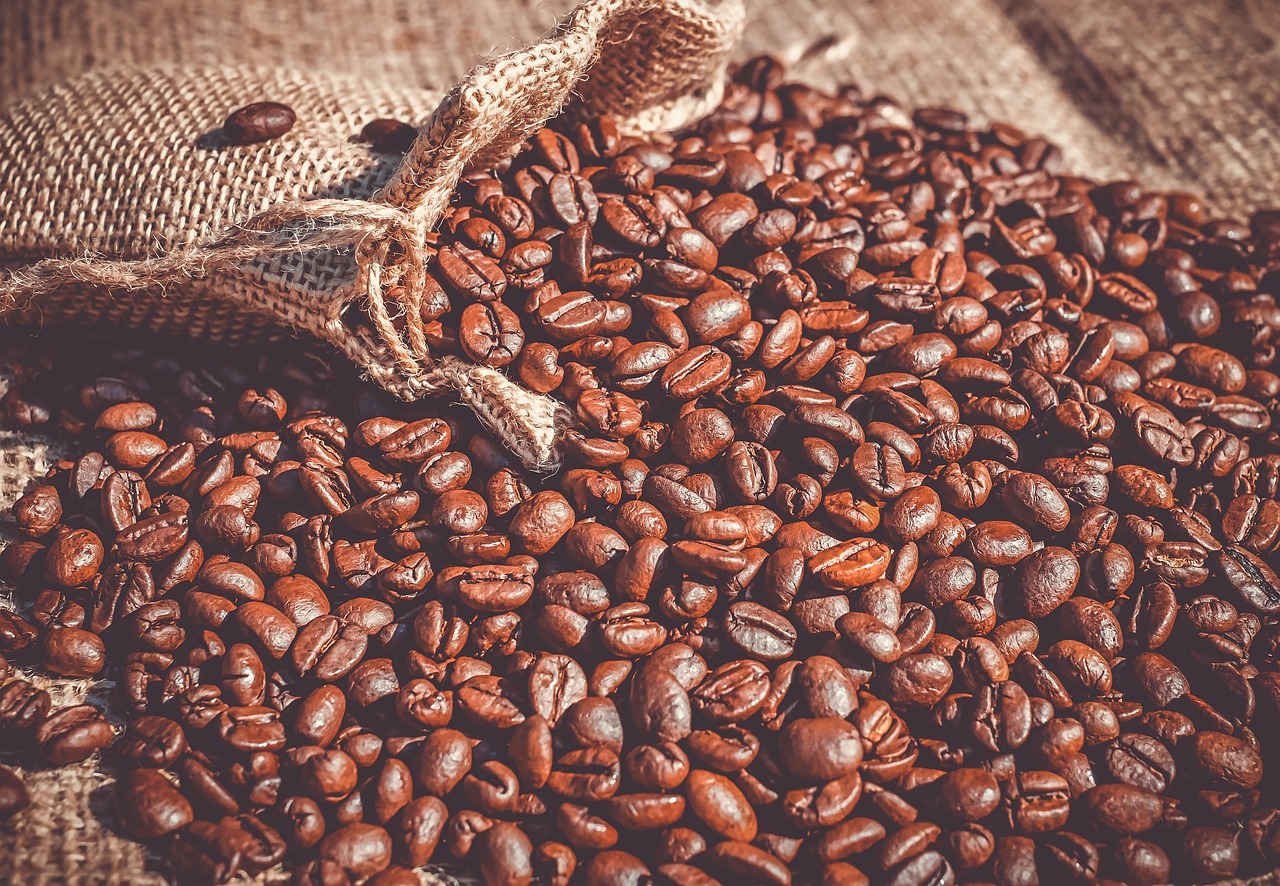


Comments